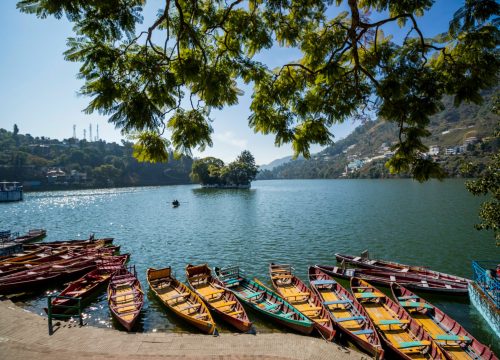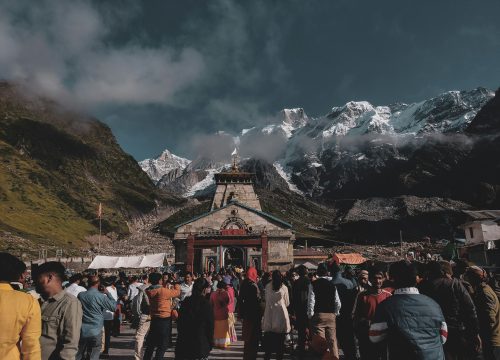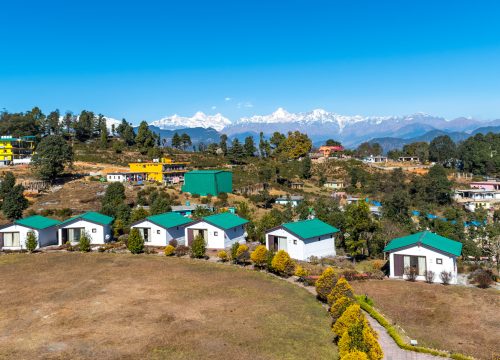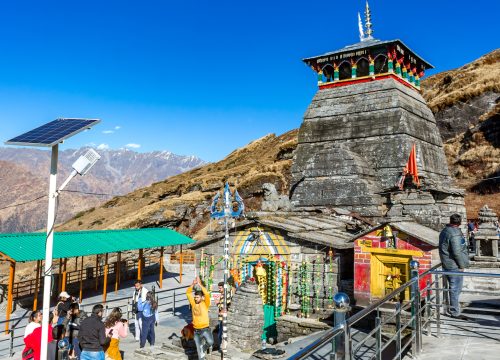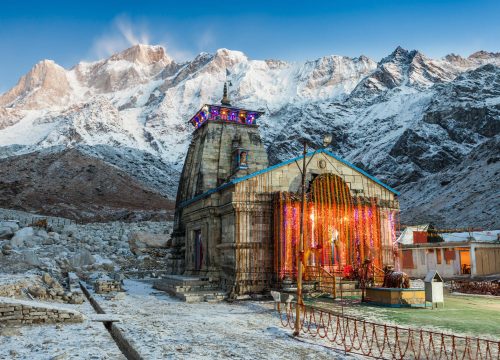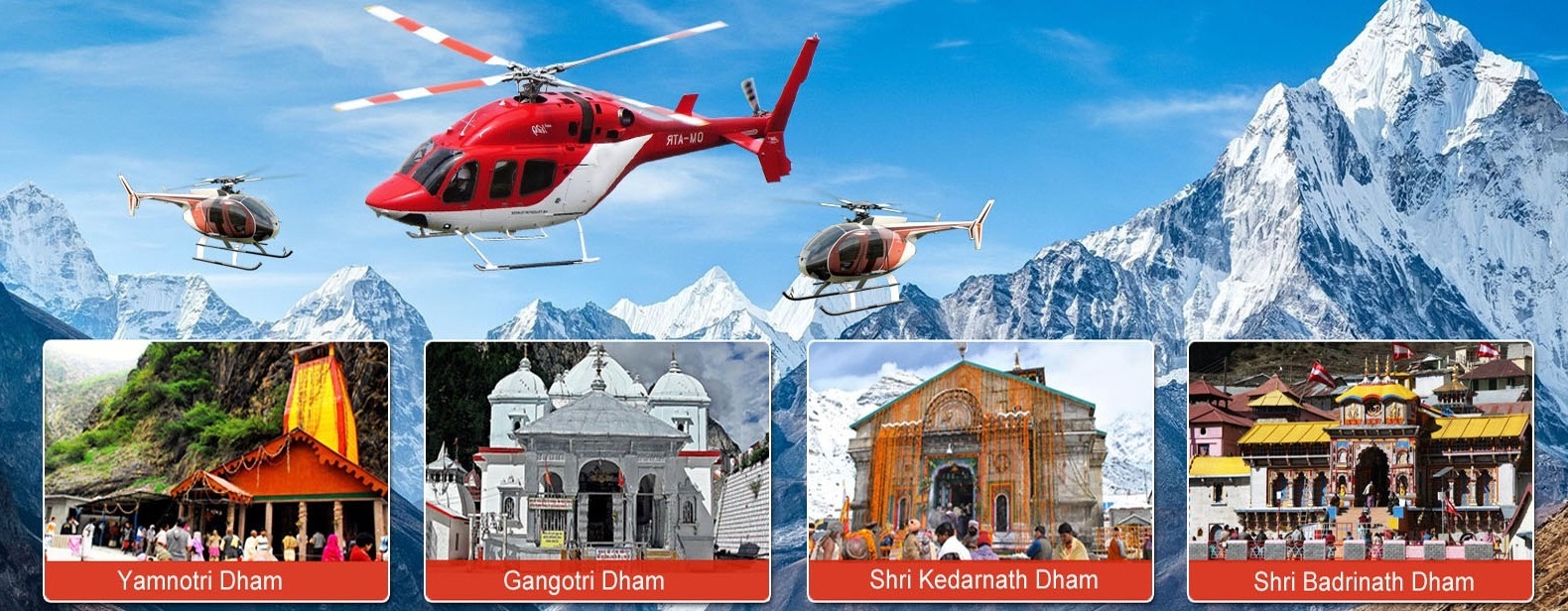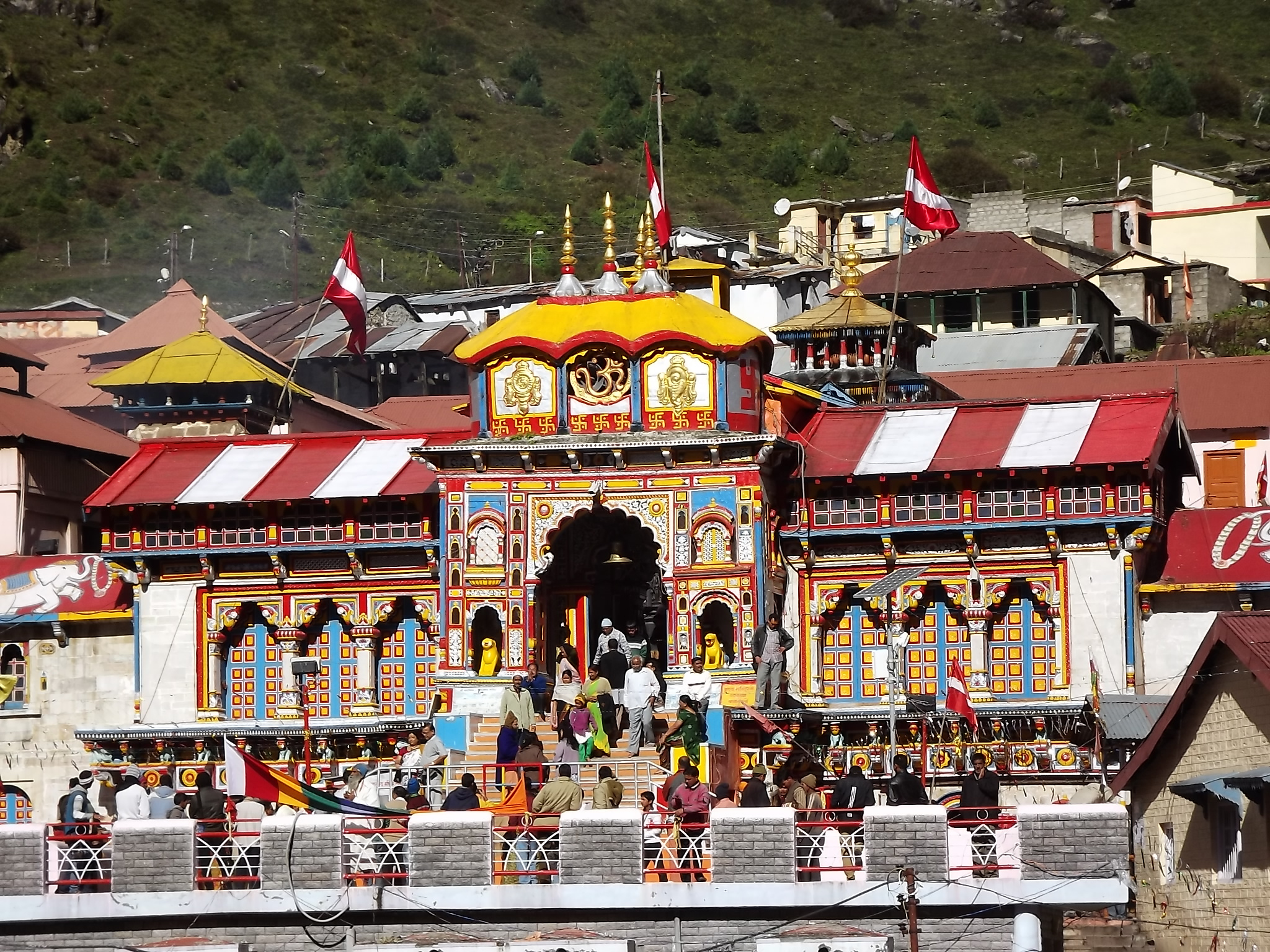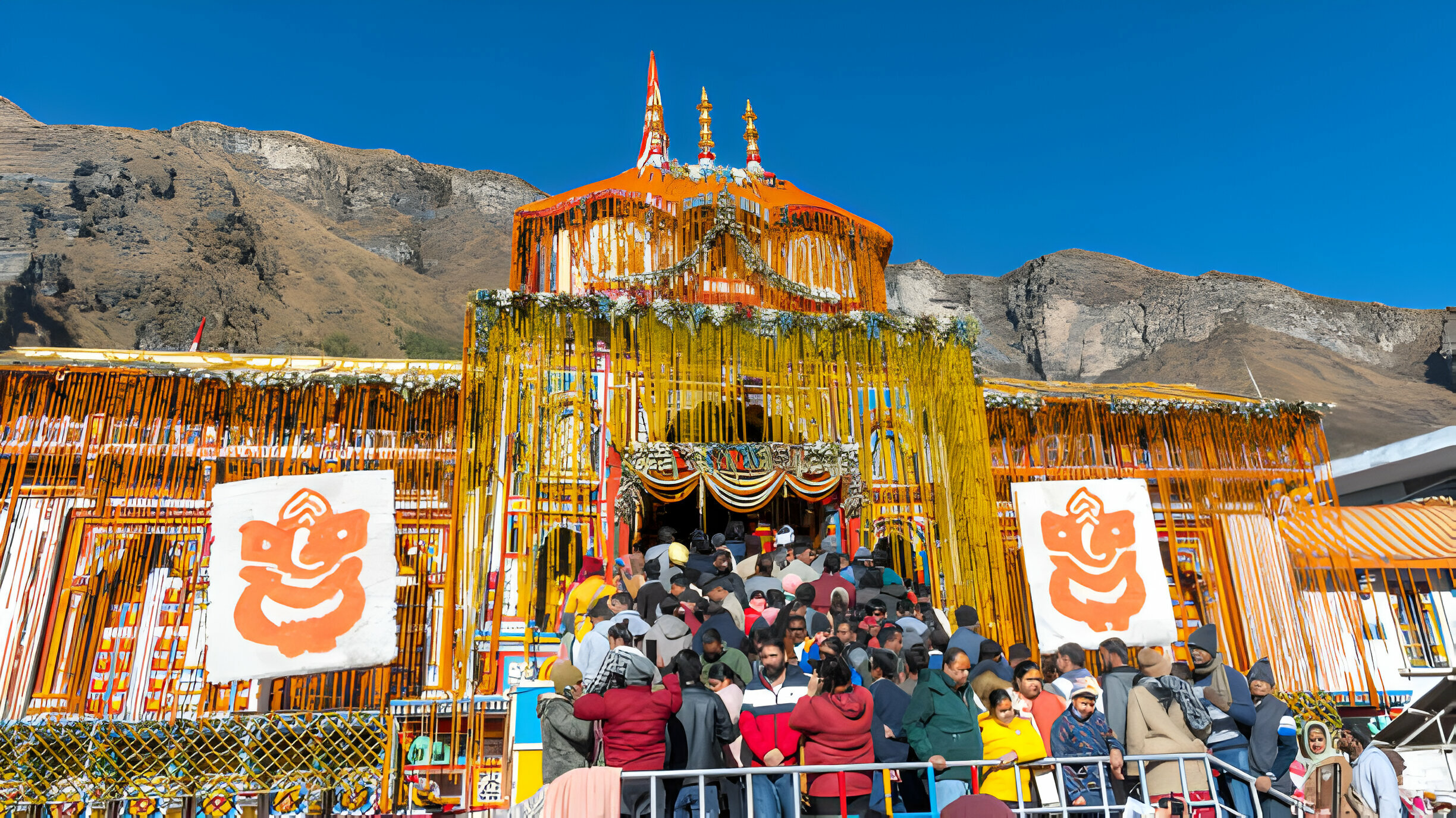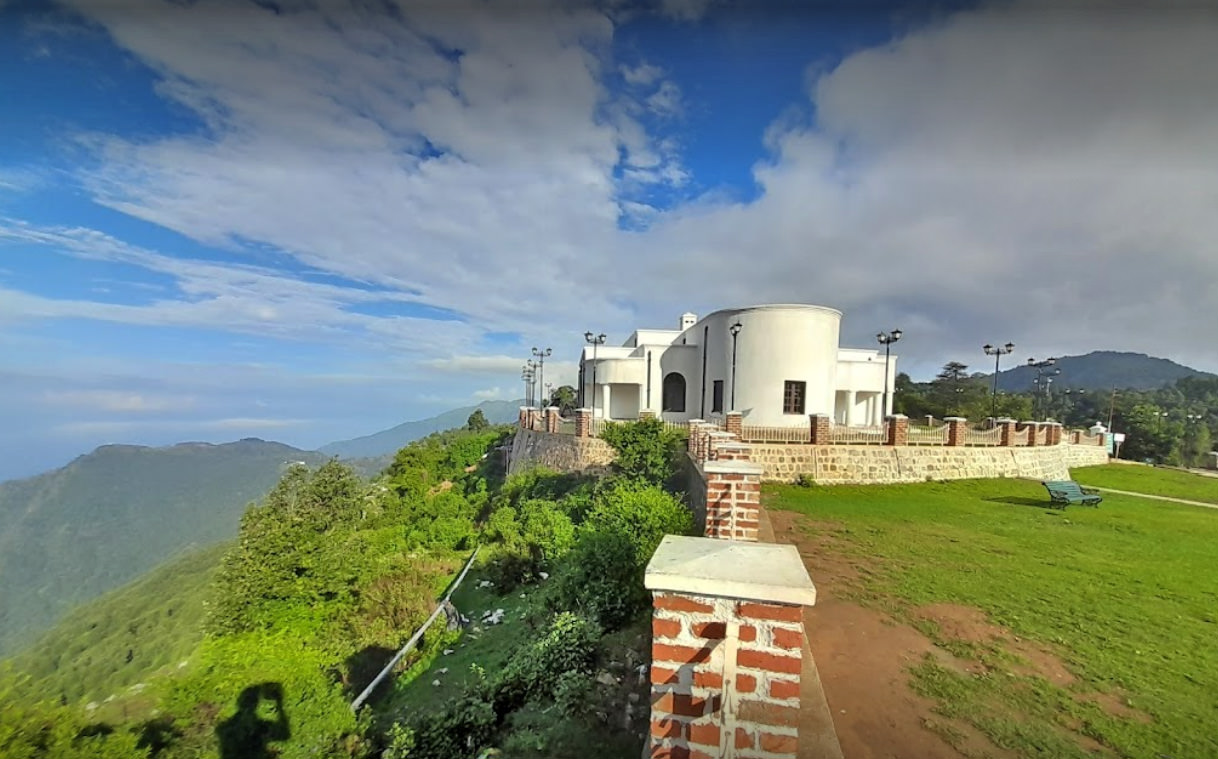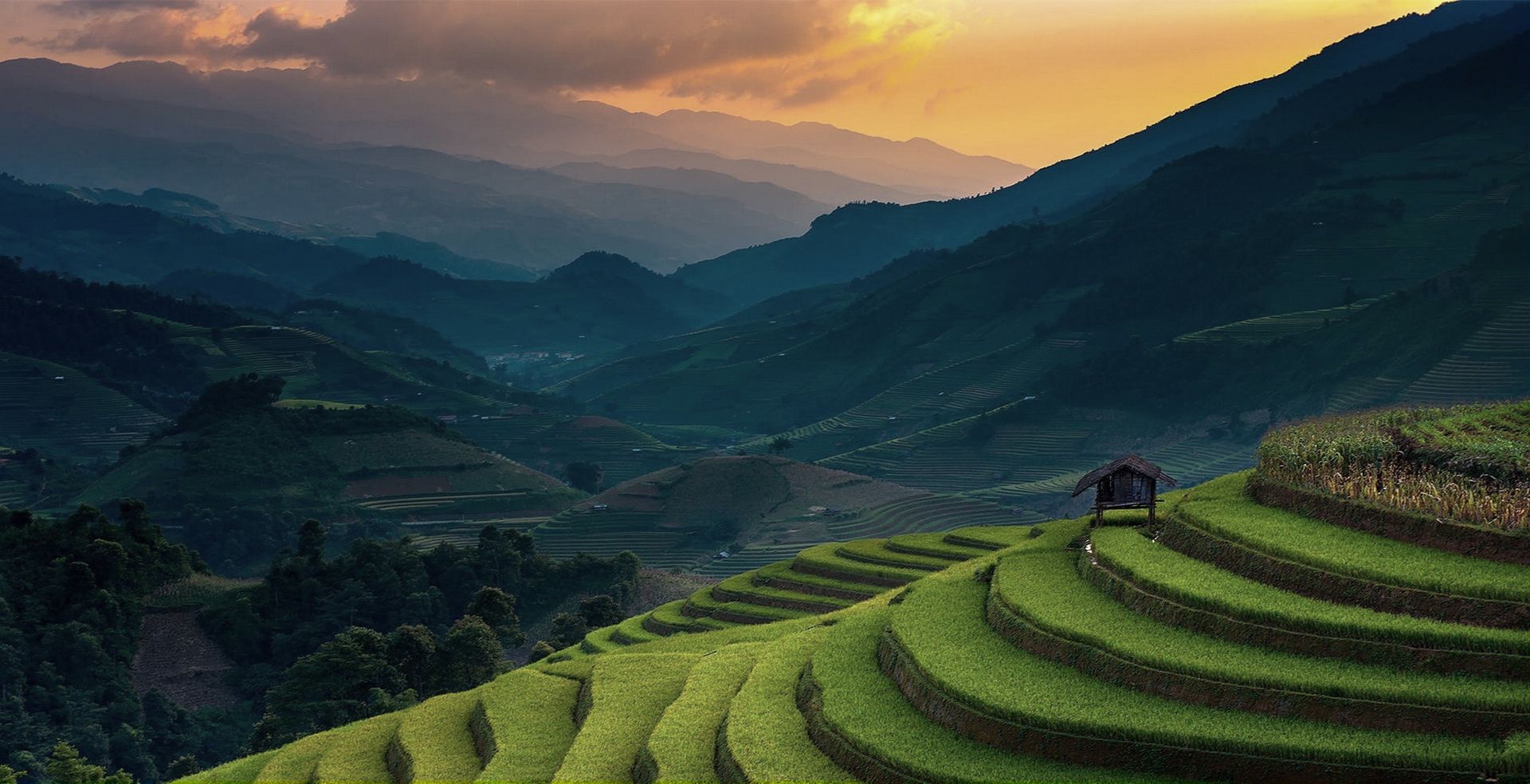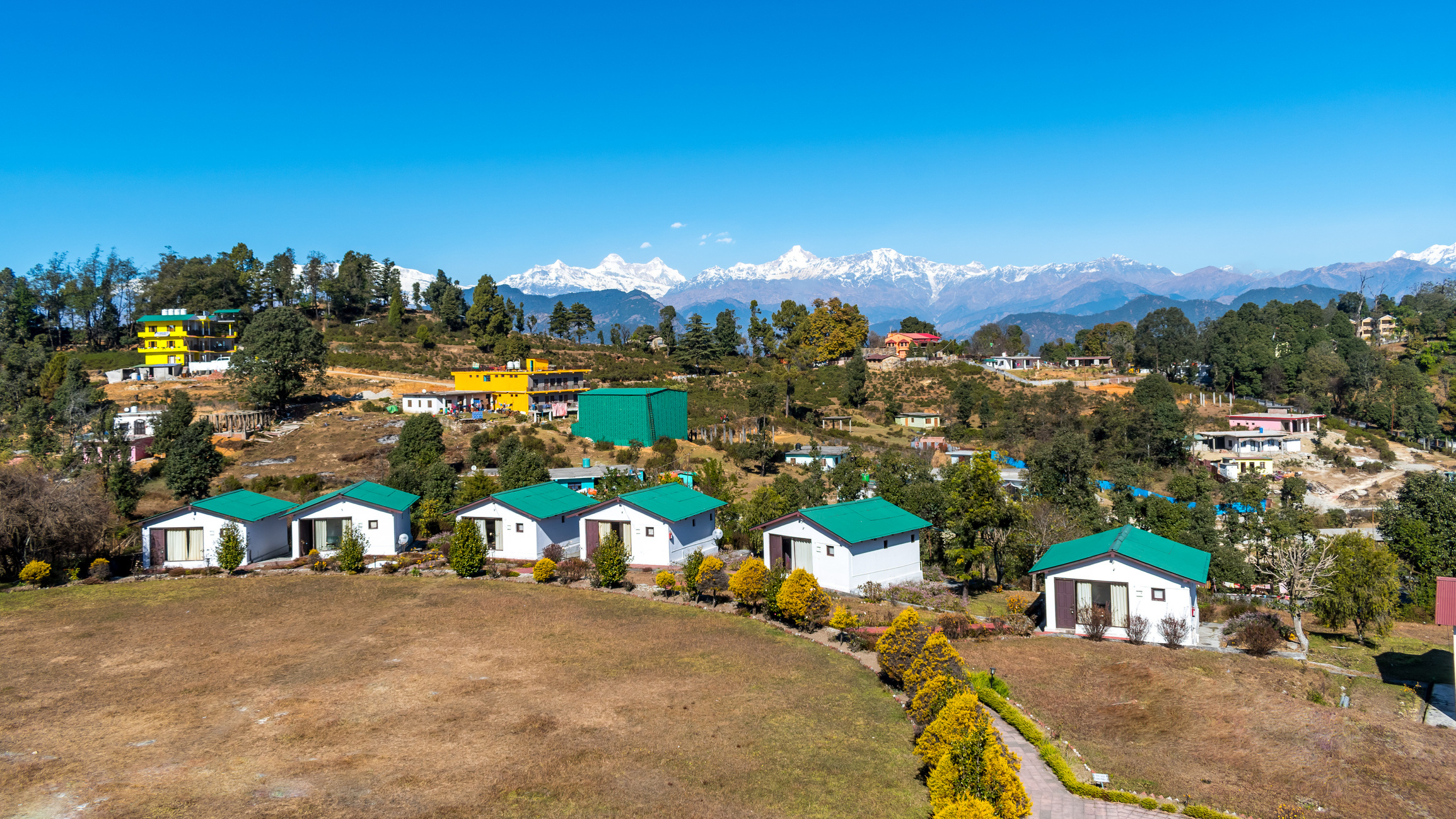Rivers In Uttarakhand
- Home
- Rivers In Uttarakhand
River in Uttarakhand Overview
- Located in: Uttarakhand
- Best Time to Visit: April to June and September to November.
- Clothing: Summer - Cotton and Winter - Heavy Woolens.
- Main Attraction: Ganga, Yamuna, Alaknanda, Bhagirat, Mandakinihi, Kali (Sharda) Rivers
Rivers of Uttarakhand – Sacred Lifelines of the Himalayas
Uttarakhand, also called the “Land of Gods,” is blessed with mighty rivers that originate from the lofty Himalayan glaciers. These rivers not only enhance the beauty of the state but also hold immense religious, cultural, and ecological significance. They provide water for irrigation, hydroelectric power, and drinking, while also being the lifeline of countless villages and towns.
Uttarakhand is blessed with numerous rivers flowing through its picturesque landscapes, nourishing its fertile plains and providing water for various purposes. Here are some of the major rivers in Uttarakhand along with details about each:
Major Rivers of Uttarakhand
1. Ganga River
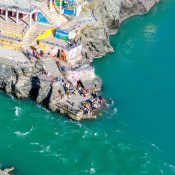
Devprayag, Uttrakhand (Alaknanda and Bhagirathi river) Starting point of river Ganga.
- Origin: Gangotri Glacier (Gaumukh), Uttarkashi district
- Significance: The Ganga is the holiest river in India. In Uttarakhand, it flows as Bhagirathi until it meets the Alaknanda at Devprayag, where it officially becomes the Ganga.
- Importance: It is the spiritual lifeline of India, worshipped by millions. Cities like Haridwar and Rishikesh are famous pilgrimage and yoga destinations situated on its banks.
2. Yamuna River
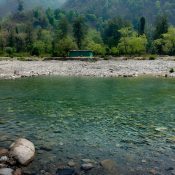
Yamuna River in Maldevta, Dehradun, Uttarakhand
- Origin: Yamunotri Glacier, Uttarkashi district
- Significance: Considered the sister of the Ganga, Yamuna is revered in Hindu mythology. The Yamunotri Dham, one of the Char Dham pilgrimages, is located at its origin.
- Importance: The river supports agriculture and livelihoods in the western regions of Uttarakhand before entering the plains of northern India.
3. Alaknanda River
- Origin: Satopanth Glacier near Badrinath
- Significance: One of the two headstreams of the Ganga. It passes through several important pilgrimage sites like Badrinath, Vishnuprayag, Karnaprayag, and Rudraprayag.
- Confluence: Joins Bhagirathi at Devprayag to form the holy Ganga.
- Special Feature: Along its journey, it meets other tributaries at the five sacred confluences known as Panch Prayag.
4. Bhagirathi River
- Origin: Gaumukh Glacier, Gangotri
- Significance: Considered the main source of the Ganga in Hindu tradition.
- Importance: Known for the Tehri Dam Project, which is one of the largest hydroelectric projects in India.
5. Kali River (Sharda River)
- Origin: Kalapani, near the Indo-Nepal border in Pithoragarh district
- Significance: Serves as the natural boundary between India and Nepal in many stretches.
- Importance: Known as the Sharda River in the plains, it is vital for irrigation and hydropower projects.
6. Tons River
- Origin: Bandarpoonch Mountain in Uttarkashi district
- Significance: Largest tributary of the Yamuna River.
- Importance: Rich in adventure tourism opportunities such as river rafting in the Jaunsar-Bawar region.
7. Mandakini River
- Origin: Chorabari Glacier near Kedarnath
- Significance: A sacred river flowing beside the Kedarnath Dham, making it highly revered among devotees.
- Importance: Merges with the Alaknanda at Rudraprayag, adding to the holy journey of the Ganga.
8. Pindar River
- Origin: Pindari Glacier in Bageshwar district
- Significance: Known for its scenic valley and the famous Pindari Glacier trek.
- Importance: Joins the Alaknanda at Karnaprayag.
9. Saryu River
- Origin: Sarmool, Bageshwar district
- Significance: Popular in Kumaon region, known for its natural beauty.
- Importance: Confluences with Kali River at Pancheshwar.
Importance of Rivers in Uttarakhand
Religious Significance – Rivers like Ganga, Yamuna, and Mandakini are worshipped and associated with Char Dham Yatra.
Hydropower Generation – Projects like Tehri Dam and other hydel plants utilize river flow for energy.
Tourism & Adventure – White water rafting in Rishikesh, treks to glaciers, and river valleys attract adventure seekers.
Agriculture & Livelihood – Rivers provide irrigation and drinking water, sustaining life in hills and plains.
Cultural Heritage – Many fairs, festivals, and rituals are organized on the banks of rivers in Uttarakhand.
Why Visit Rivers of Uttarakhand
Uttarakhand’s rivers are famous for their beauty, adventure, and spirituality. You can visit holy places like Haridwar, Rishikesh, Kedarnath, and Badrinath, enjoy rafting, trekking, and camping, or simply relax by the peaceful and scenic river valleys.
Nearby Places to Visit Along Uttarakhand Rivers
Ganga River: Haridwar, Rishikesh, Neelkanth, Rajaji National Park.
Yamuna River: Yamunotri Temple, Janki Chatti, Barkot, Hanuman Chatti.
Alaknanda River: Badrinath, Joshimath, Vishnuprayag, Nandprayag, Karnaprayag, Rudraprayag.
Bhagirathi River: Gangotri, Harsil, Tehri, Uttarkashi.
Mandakini River: Kedarnath, Gaurikund, Chopta, Rudraprayag.
Kali (Sharda) River: Pithoragarh, Jauljibi, Pancheshwar, Dharchula.
Tons River: Jaunsar-Bawar region, Mori, Chamba, Tons Valley.
Pindar River: Pindari Glacier, Bageshwar, Almora, Karnaprayag.
Saryu River: Almora, Pancheshwar, Bageshwar, Kapkot.
More Information..
By Air: Nearest airport is Jolly Grant (Dehradun) for Ganga, Yamuna, Alaknanda, and Mandakini; Pantnagar Airport for Kali, Saryu, and Pindar.
By Rail: Major stations are Haridwar, Rishikesh, Dehradun, and Kathgodam, connecting to river regions.
By Road: Well connected by buses, taxis, and private vehicles from Delhi and nearby cities. To reach river origins (like Gangotri, Yamunotri, Kedarnath, Pindari Glacier), short or long treks are required.
The nearest major railway station to reach Rishikesh is Haridwar Railway Station. you can hire a taxi or take a bus to reach Rishikesh.
Best Season: Visit from April to June and September to November for pleasant weather and safe travel.
Monsoon Alert: Avoid the rainy season (July–August) as landslides and floods are common near rivers.
Clothing: Carry warm clothes for higher altitudes and light cottons for lower regions like Haridwar and Rishikesh.
Footwear: Wear comfortable trekking shoes if visiting river origins like Gangotri, Yamunotri, or Pindari Glacier.
Adventure Activities: Try rafting, camping, and trekking in Rishikesh, Tons Valley, and Pindari region.
Pilgrimage Visits: Respect the local traditions when visiting holy sites near rivers like Kedarnath, Badrinath, Gangotri, and Yamunotri.
Health & Safety: Keep medicines, water bottles, and dry snacks handy; altitude may affect some travelers.
Places to visit nearby..
Locate on Map..
Send an Enquiry!
Send Enquiry !
last minute deals
Kedarnath Yatra 2024
Tour Theme
Recent posts
Our Facebook page
Tour Packages
- Quality4.77
- Location4.7
- Amenities4.57
- Services4.8
- Price4.6
Chardham Yatra Ex Delhi ( 11N -12D)
Featured Tour Packages
- Quality4.77
- Location4.7
- Amenities4.57
- Services4.8
- Price4.6


